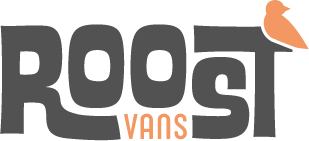Custom Design
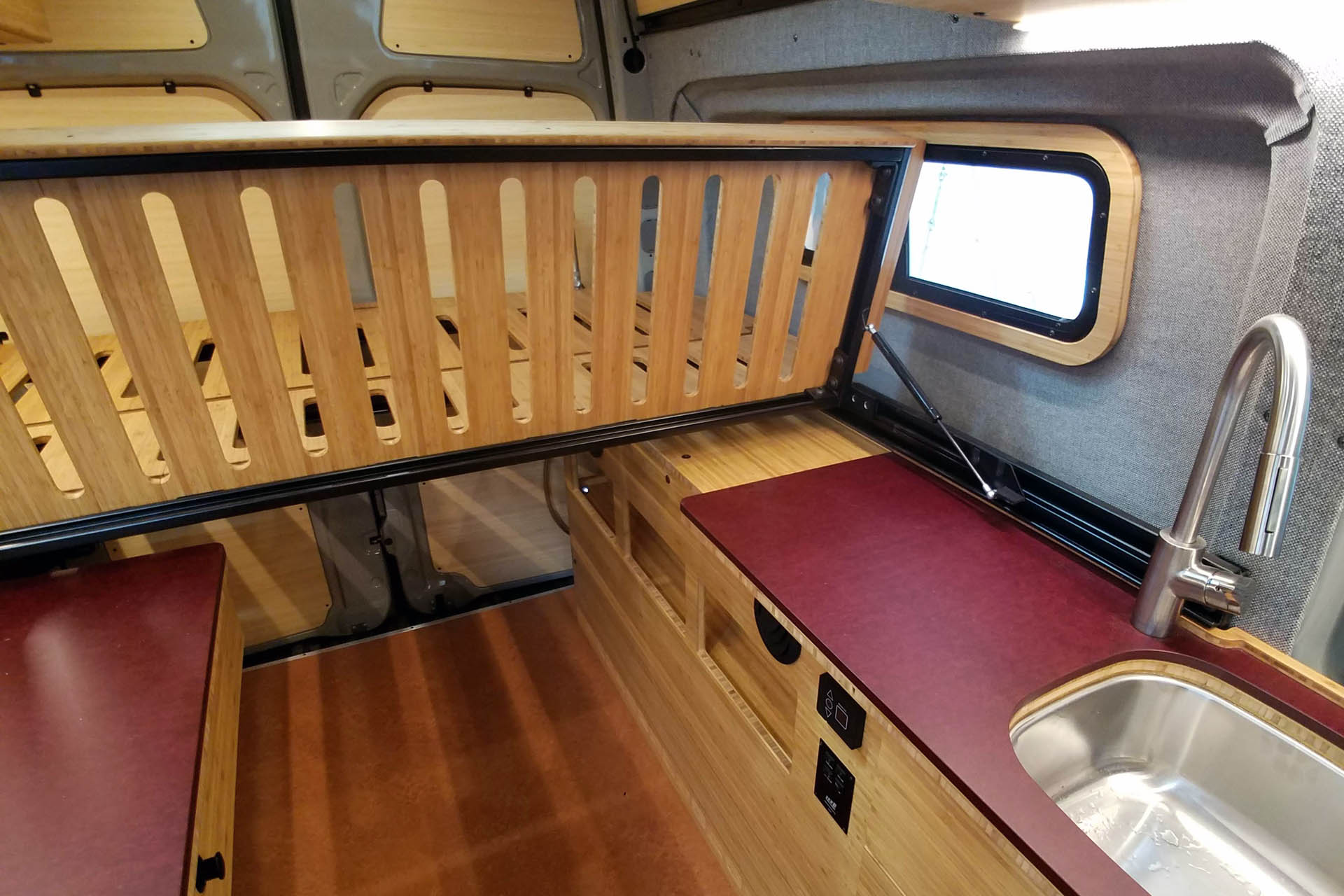
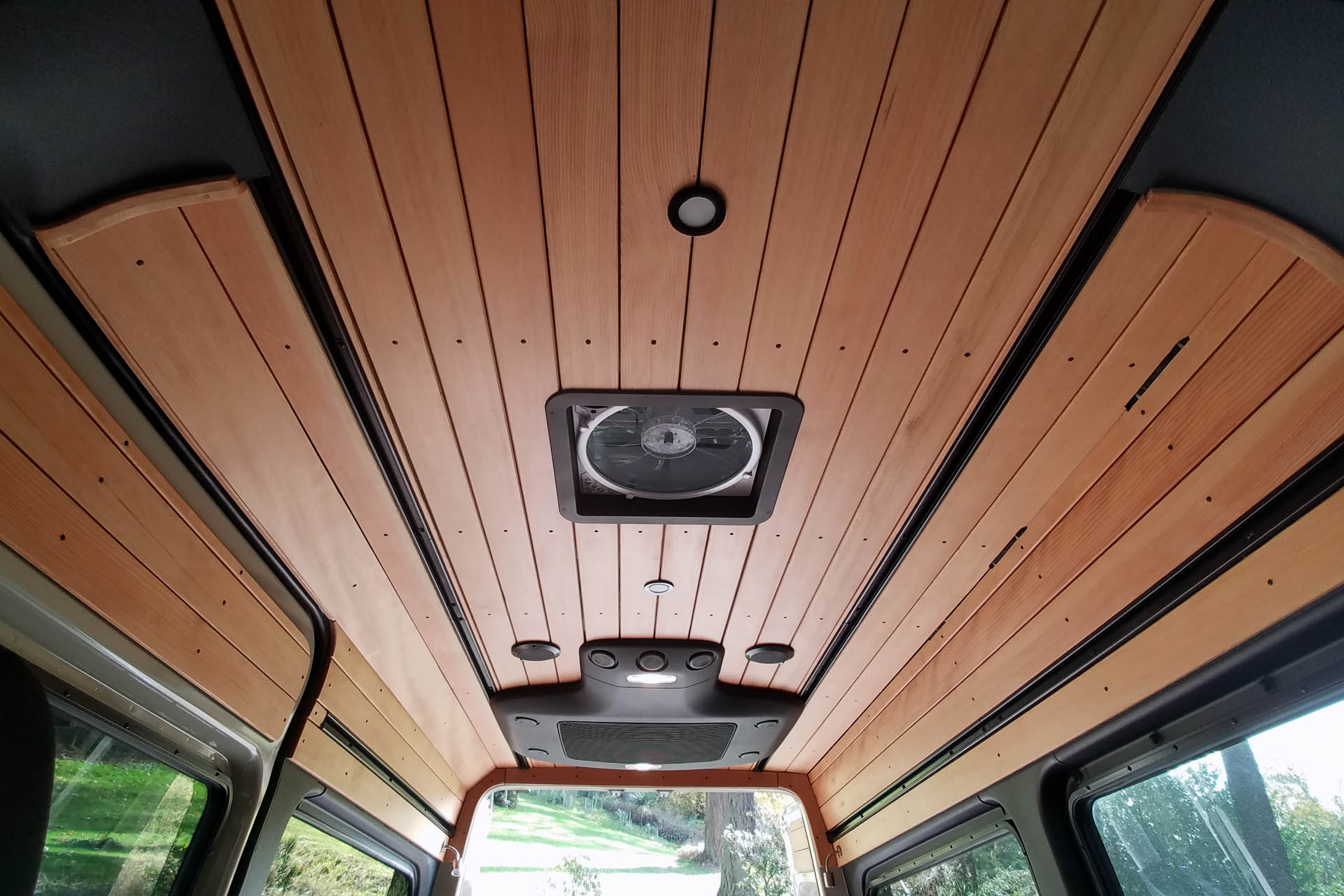
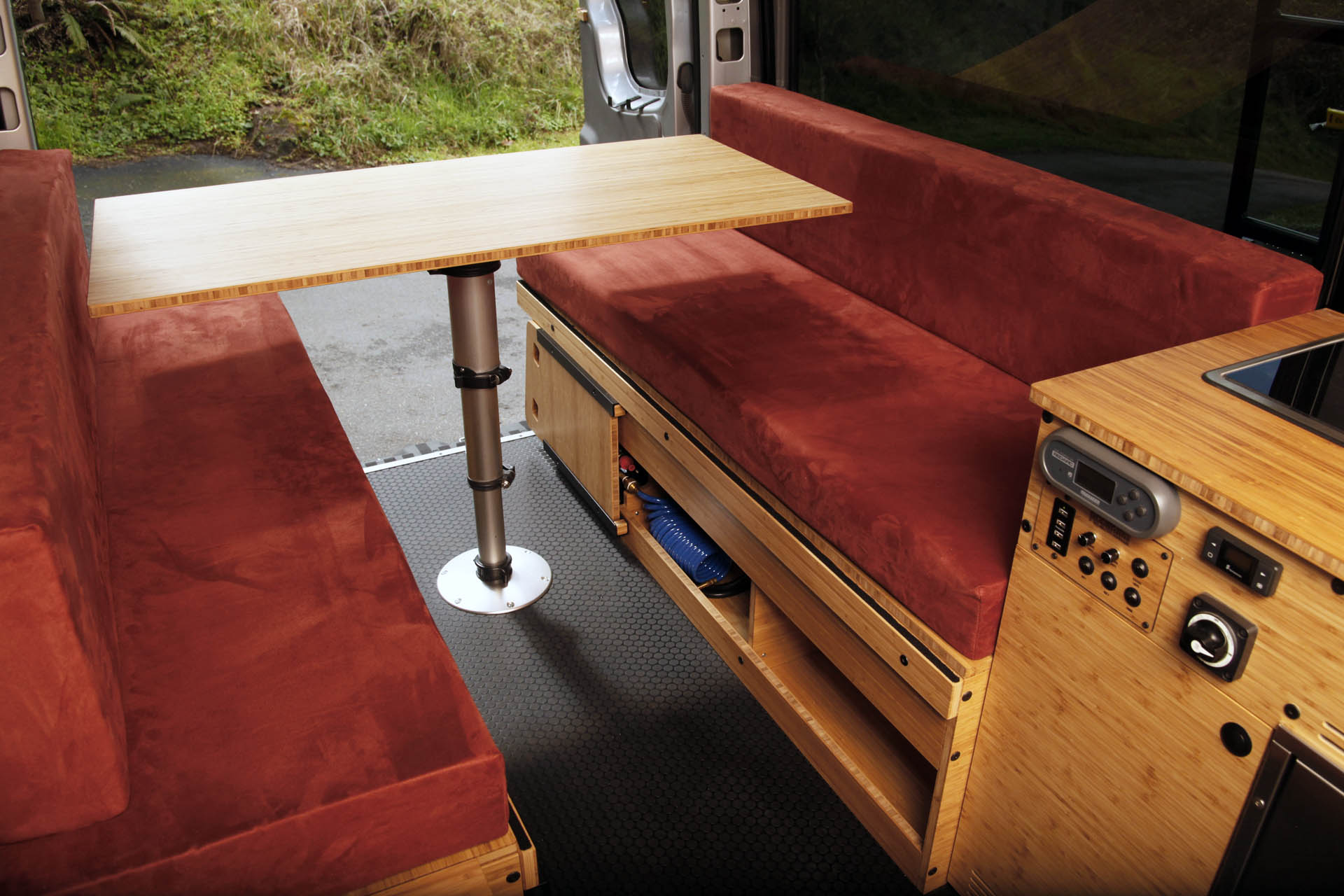
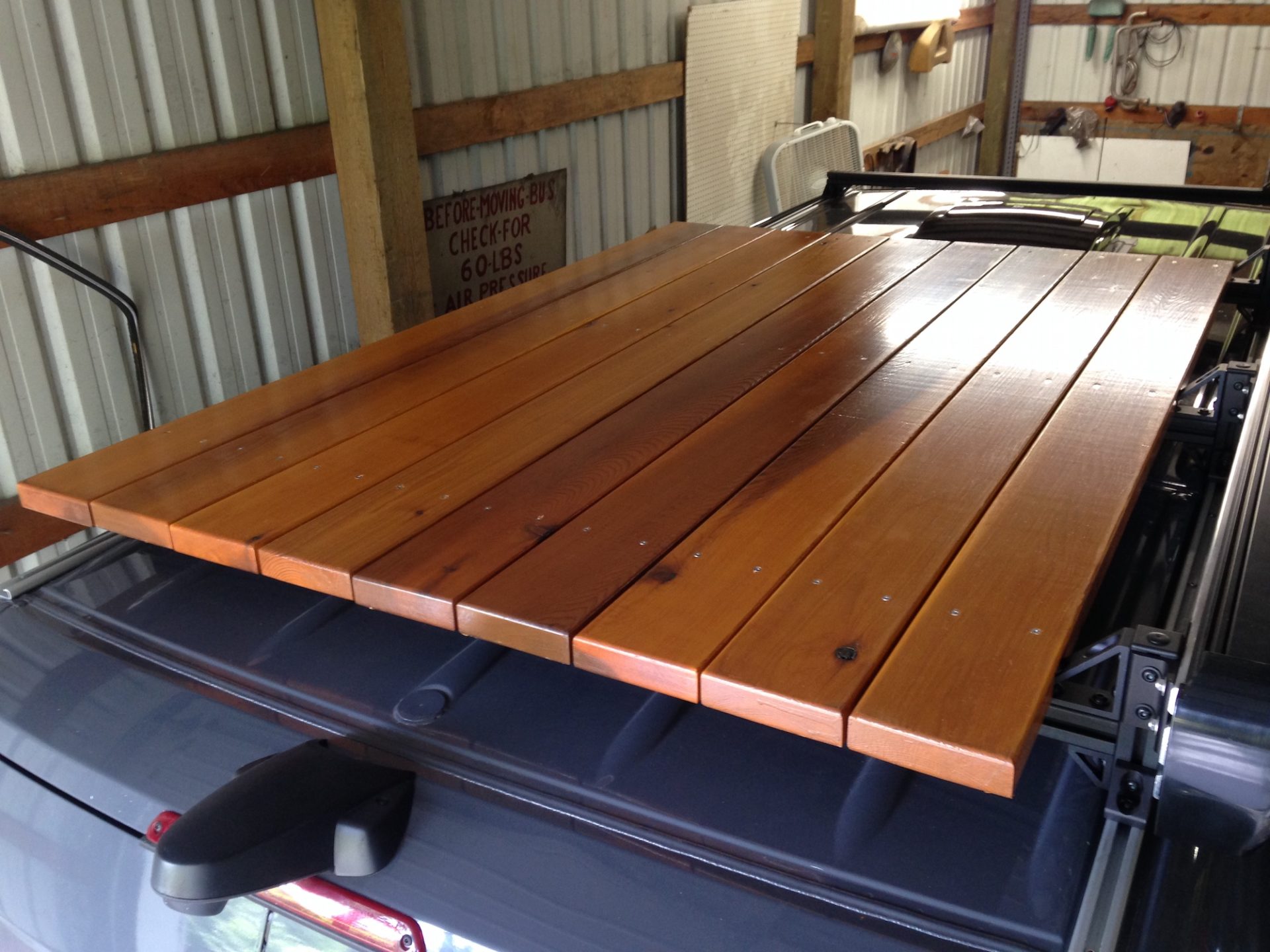
Our standard modular solutions allow for a high degree of versatility without the expense of custom CAD design, CNC setup fees, and reduced material yield. However, sometimes there is need for some custom work to make a product fit a particular space, application, or need. There are two types of custom work that we do at Roost:
Standard Product Modification:
Using one of our standard solutions as a basis, sometimes a small modification is all that is required. This is by far the most economic approach. Perhaps a customer would like an adjustment to the precise dimension of a component, or to add an extra feature, or to accommodate a specific. This type of custom work is typically incorporated into the price of the product, and often ranges between a 10-50% increase to product price (depending on the complexity and degree of modification).
Custom Component Design:
Some clients want to design and build a component from scratch, or make major modifications to one of our off the shelf solutions. Custom design work is billed at a rate of $125 per hour. Generally, a custom designed component will 2-3 times as much as a similar off the shelf solution.
Custom design work involves an incremental 5 step design process:
Step 1 - Define Scope & Budget
The first step is to define the scope and budget of the project. The scope will outline the general design including functionality, rough dimensions, and specific design feature requirements. We will use this information to layout a ballpark budget. Initially the budget will have a fairly wide range, but each subsequent step of the the design process will refine these ranges.
Step 2 - Hand Sketch
Your designer will generate a hand drawn rendering of the general concept, highlighting key design elements and dimensions. This can typically be done in a couple hours, and once complete will allow us to dramatically refine the project budget prior to moving forward with detailed CAD work.
Step 3 - CAD Design / Proof of Concept
We will produce CAD renderings based on the initial sketch work. This step is focused on the details of determining form, function, and specifications. Depending on the scope and complexity of the project, this can sometimes be done with a single round of CAD renderings followed by customer approval, or it can require multiple rounds of revisions.
Step 4 - DFM (Design For Manufacture)
Roost uses advanced computer controlled manufacturing processes for most of its parts and components. Prior to these manufacturing process, the CAD files must be laid out with all of the design specifications, and in a manner to minimize material waste. It is also at this stage where specialty material, parts, and hardware are sourced.
Step 5 - Production and Installation
The parts and components are procured, manufactured, assembled, finished and installed in your van.
